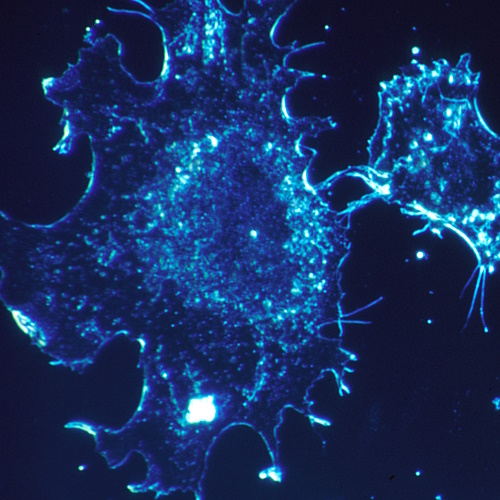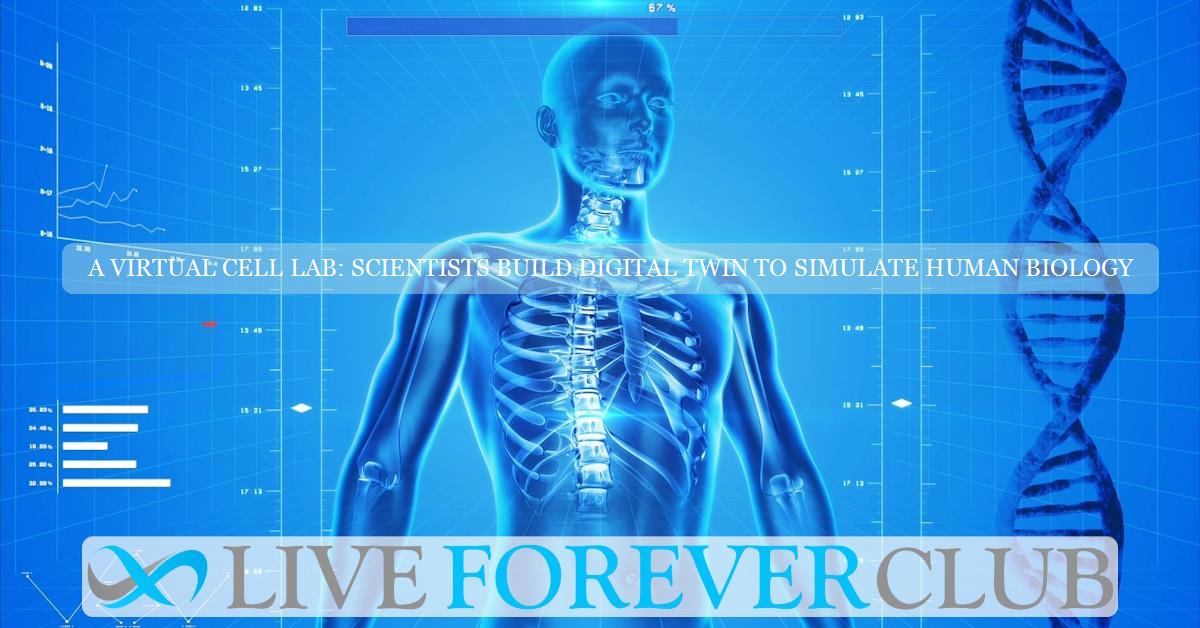Key points from article :
Scientists from Indiana University, Johns Hopkins Medicine, the University of Maryland School of Medicine, and Oregon Health & Science University have developed a cutting-edge computer program that mimics cell behaviour throughout the human body. The goal is to build a “virtual cell lab” or “digital twin” that could predict biological responses to drugs or disease, saving time and cost by reducing the need for early-stage lab experiments with live cells. The study, led by Genevieve Stein-O’Brien, Ph.D., and published in Cell on July 25, offers a promising tool for modelling complex biological systems.
The platform builds on earlier software called PhysiCell, originally developed by engineer Paul Macklin, Ph.D., and improves it by introducing an accessible coding grammar. This new approach allows scientists with little programming background to describe biological rules in simple human-readable syntax—like rows in an Excel sheet—linking cell types to behaviours. These rules are then translated into mathematical equations, enabling simulations of dynamic biological processes such as brain development, cancer growth, or immune responses.
Using this system, researchers have already simulated processes such as brain cortex layering and macrophage invasion in breast tumours. In one key experiment, the model correctly predicted that tumours would grow more aggressively when cancer cells increased their mobility via a genetic pathway (EGFR). Lab-grown breast cancer cells confirmed this behaviour, highlighting the system’s predictive power.
Looking ahead, the team aims to enhance the tool with more data and artificial intelligence, making simulations even more sophisticated and adaptable. The ultimate vision is to use this virtual platform to guide research in drug development, disease modelling, and therapeutic testing—offering a powerful new way to prioritize the most promising lab work and speed up scientific discovery.








